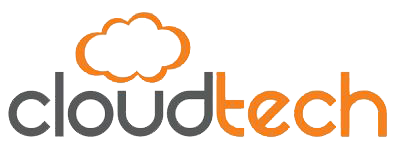Professionals in the medical field may remember the demands and worries before the pandemic. Most companies now frequently talk about their “new normal,” which includes how they’re handling outcomes related to better patient care and safety, widening staffing gaps, issues with employee retention, modest earnings growth, and ongoing operational uncertainty regarding the COVID-19 pandemic’s long-term effects.
After a difficult 2020, many medical professionals anticipated that 2021 would usher in return to normalcy. Most people are aware, however, that as 2022 draws to a close, and as we learn that the coronavirus is something we must learn to live with, a new chapter in healthcare is beginning that will significantly change how we view the past.
There is a startling rate of change in patient needs, technologies, and treatment paradigms. These advances have altered how physicians and healthcare administrators approach patient care.
What’s in store for employees in the healthcare industry, and how can technology – specifically cloud – help them?
To genuinely understand our caregivers, we must intentionally put forth the effort. People’s passion and motivation for helping others have been undermined by the vast exhaustion brought on by the COVID-19 quantities of therapy, pointless paperwork, difficulties with electronic health data, changing rules, and financial constraints. Additionally, we must accept that there will be a temporary labor shortage, making investing in our current workers much more critical.
It is also necessary to address the issue that patients no longer have faith in the care they receive. Doubts and disappointments about the diagnosis, treatments, vaccines and political beliefs keep the patient and the caregiver apart. To stay on track with our organizational quality of care objectives, it is critical to find novel ways to promote connections that can rebuild trust and connection in this situation.
Both patients and customers ought to be handled fairly. The epidemic has caused US health systems to lose billions of dollars in revenue since it has cut back on services and delayed the start of more profitable elective procedures. Non-traditional health organizations took advantage of this chance, further redefining care and its possible forms. Monitoring and gaining an understanding of the expectations of the new healthcare customer will be necessary for long-term retention and satisfaction.
Patients expect to receive treatment for conditions other than the usual diseases. It is necessary to turn patient-centered treatment, social determinants of health, and business goals for health equality into active operational procedures to monitor and improve them.
Everyone desires to be taken care of. Telehealth has been identified by healthcare experts as one of their top strategic priorities for 2022. The use of telehealth technologies met a crucial demand for medical access and continuity through the start of the pandemic in 2020. It also showed patients that there are different approaches to healthcare. To fulfill this goal, organizations must quickly adopt a more patient-centric, technology-driven strategy. Taking into account remote patient monitoring.
Our lessons from 2021 have made one thing abundantly clear: the significance of human-centered experiences. Healthcare will remain complex, as it always has, but there is a chance that it will thrive as we make a move to an experience-driven economy.
The need for a patient experience focus will be highlighted by the aging of the patient population, health consumerism, steadily rising medical expenditures, and the digitization of care delivery. We must pay attention to, comprehend, act upon, and learn from each interaction with employees, clients, and connected partners to create exceptional end-to-end experiences.
